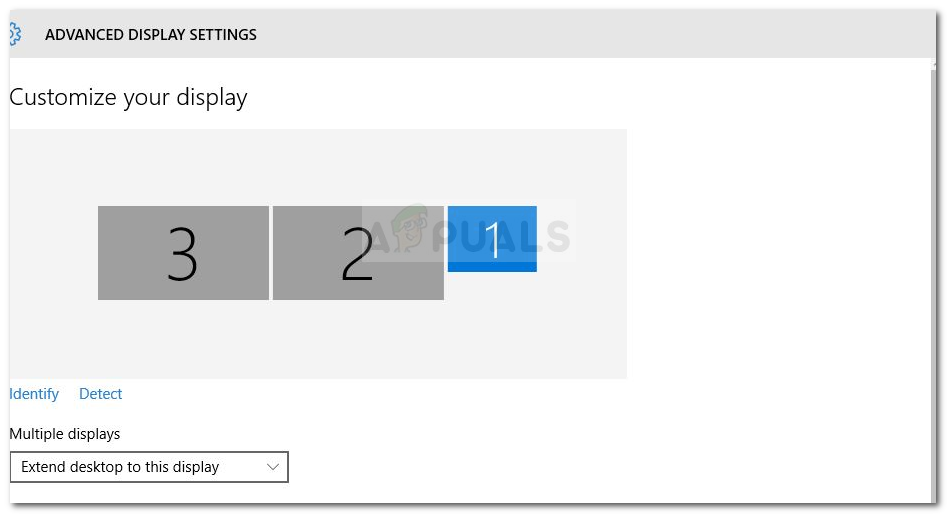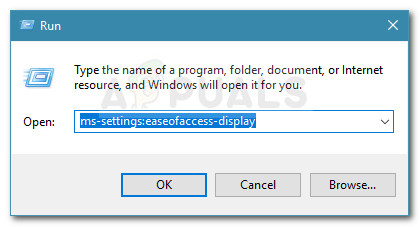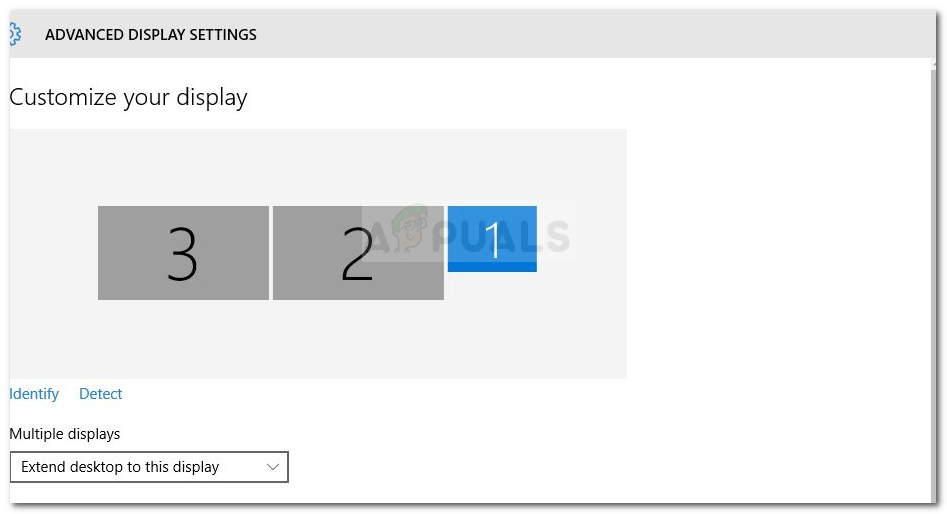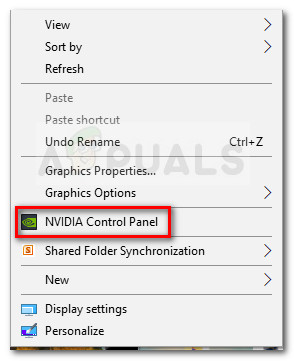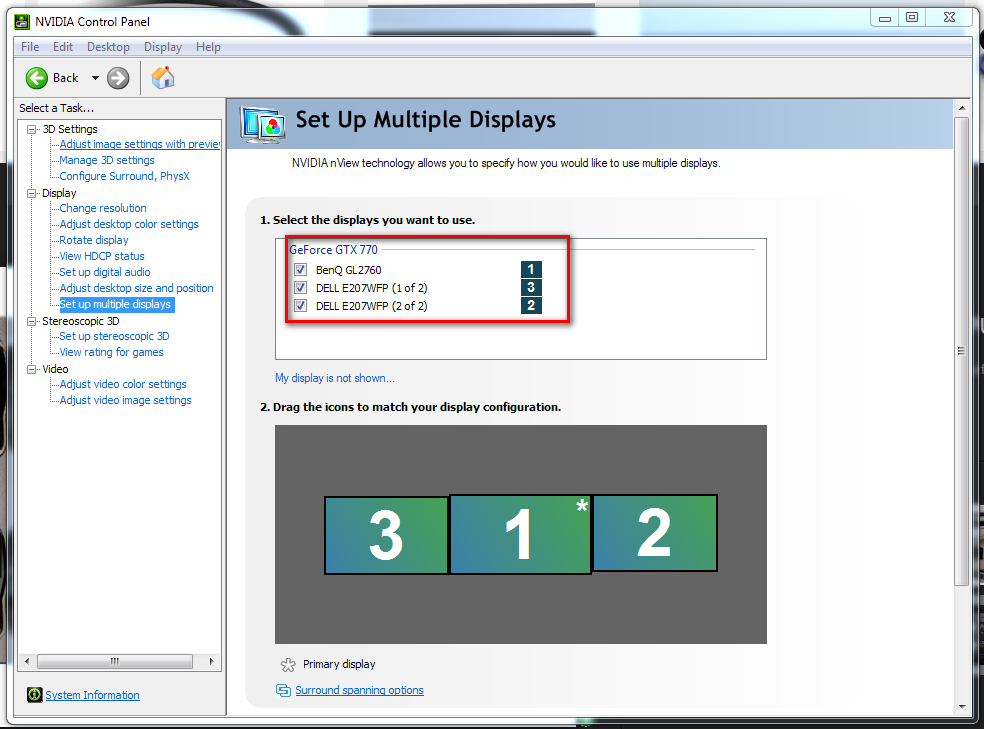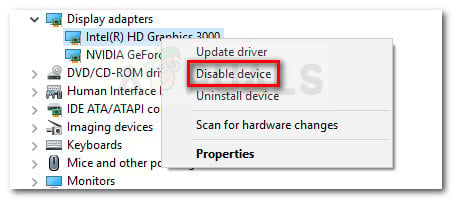If you’re struggling to connect the 3rd monitor on your Windows 10 PC, this article will provide you with some troubleshooting steps. Below you have a collection of methods that other users in a similar situation have used to resolve or circumvent the issue. Please follow the potential fixes in order until you stumble upon a method that resolves the issue for you – This guide also applies to the following related issues.
3rd Monitor is Detected but not Displaying: This is when you see the monitor detected, but it wont display anything.Windows 10 Triple Monitor not Working: This is when two or more of the monitors won’t work.
Method 1: Reconnect all monitors in order
This might seem like a superficial fix, but a lot of users that are already using a three-monitor setup have to reconnect all monitors in order to re-enable the third one back up. Apparently, this is the result of a glitch that tends to happen on setups that use more than one DVI to Display ports. The fix involves unplugging and plugging back in the monitors in order (not just the one that is not working).
Note: It seems important to disconnect the monitors in the order that is displayed in the Advanced Display Settings window. After doing this a few times, users report that the auto-detect feature will kick in and the 3rd monitor will get detected. If this method is not effective, move to the next method below.
Method 2: Using the Extend Desktop to Display option on the 3rd monitor
A lot of users have managed to resolve the issue by changing the display settings in a way that extends the screen to the 3rd monitor. This occurs because on Windows 10, when you connect the 3rd monitor, it will get displayed inside the Display screen but it won’t work because its status is Disconnected. Luckily, this issue can be resolved by a simple modification inside the Display adapter. Here’s a quick guide on how to do this: If this method hasn’t enabled you to use your 3rd monitor, continue down with the next method below.
Method 3: Enable “Set Up Multiple Displays” From Nvidia Graphics (if applicable)
Some users that had Nvidia graphics cards have managed to fix this particular issue by going into the Nvidia Control panel and set up the displays manually. As it turns out, there is an issue with some Nvidia drivers that have been since addressed on the latest driver releases. Note: This method is not applicable if you don’t own a Nvidia Graphics card. Before you start following the fixes below, update your graphics driver to the latest versions and see if the issue is resolved automatically. You can use Nvidia’s automatic updater (here). If you can’t afford to update to the latest available version or your GPU is outdated, start following the steps below: If this method was not effective, continue down with the next method below.
Method 4: Disable Integrated Intel card (under Display Adaptors)
Other users have managed to resolve the issue and connect the 3rd monitor by disabling the Intel Integrated GPU driver under Display Adaptors via Device Manager. This driver is known to create conflicts with the dedicated graphics drivers in instances where the system is also equipped with an Intel dedicated graphics card. Here’s a quick guide on disabling the Intel card to resolve the 3rd monitor issue on Windows 10:
Fix: Second Monitor Not DetectedFix: Windows opening Programs on Second Monitor instead of Main MonitorFix: Android Auto Not Working from Third Party App StoresHow to Monitor your Website using Website Performance Monitor?
